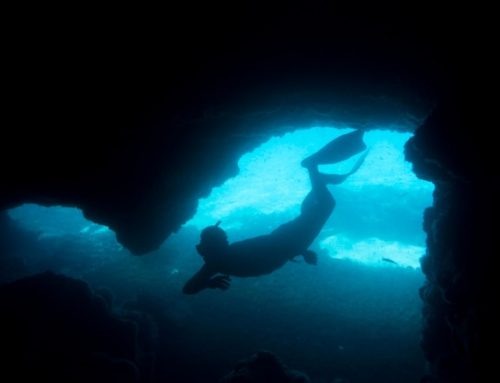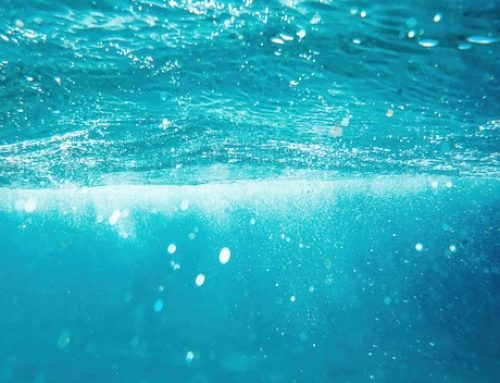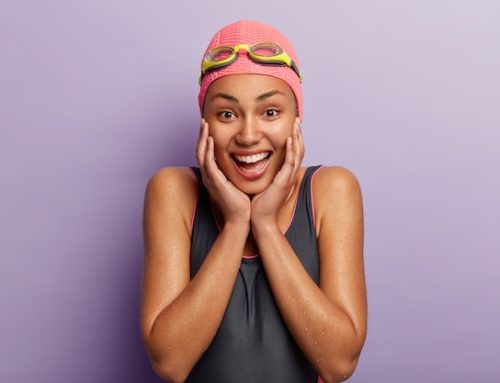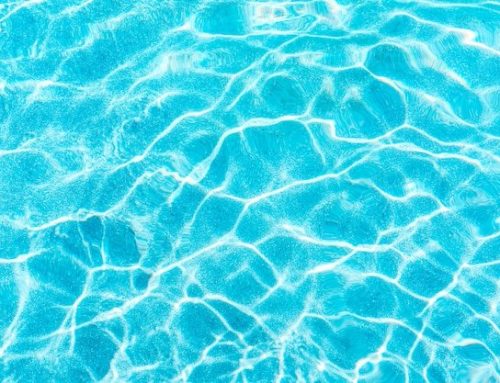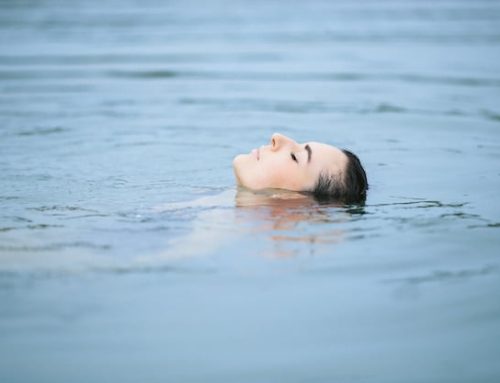The Peak Age for Swimming: An In-Depth Look at Athletic Performance
Swimming is a sport that demands both physical and mental fitness. Not only does it require strength and endurance, but also effective technique and a competitive mindset. As swimmers age, their performance changes, leading to the question: what is the peak age for swimming? Let’s dive into the details.
What Is Considered Peak Age?
Peak age refers to the optimal age range for athletes to achieve their highest level of performance. For swimming, the peak age can vary based on the race distance and stroke. According to research, the peak age for men’s freestyle events is around 22-23, whereas for women’s freestyle events, it is around 20-21. For breaststroke, the peak age for men and women is around 23-24 years old. For backstroke and butterfly events, the peak age is around 21-22 years old for both men and women.
Factors That Affect Peak Age
Several factors can affect the peak age of a swimmer. Genetics plays a significant role in determining the potential of an athlete. Swimmers who possess the right genetic makeup, such as height, body structure, and muscle fiber type, have an advantage in the pool. Additionally, training methods, nutrition, and injury prevention strategies can also impact the peak age of a swimmer.
Training Methods
The type of training can influence a swimmer’s peak age. Training should be tailored to the individual athlete’s needs and should focus on improving technique as well as strength and endurance. A well-designed training program should incorporate a balance between progressive overload, recovery, and skill-based drills.
Nutrition
Nutrition plays a vital role in athletic performance. Adequate energy intake, macronutrient balance, and micronutrient intake are crucial for optimal performance. Swimmers should ensure that they consume enough carbohydrates for fuel, protein for muscle recovery and repair, and essential vitamins and minerals for optimal health.
Injury Prevention Strategies
Injuries can significantly impact a swimmer’s performance and, ultimately, their peak age. To prevent injury, swimmers should focus on proper technique, adequate rest and recovery, and injury prevention exercises such as stretching, foam rolling, and strength training.
What Happens After Peak Age?
After reaching peak age, swimmers typically experience a gradual decline in performance. This decline can be attributed to age-related changes in muscle mass, strength, and cardiovascular function. However, with proper training and injury prevention strategies, swimmers can extend their career and continue to perform at a high level well into their 30s.
Conclusion
In conclusion, the peak age for swimming varies depending on the race distance and stroke. Swimmers typically reach their peak around their early 20s, with the exact age varying based on several factors, including genetics, training, nutrition, and injury prevention strategies. While aging can lead to a decline in performance, swimmers can maintain their competitive edge by implementing proper techniques, training methods, and injury prevention strategies.
| Event | Men | Women |
|---|---|---|
| Freestyle (50m) | 22-23 | 20-21 |
| Freestyle (100m) | 22-23 | 20-21 |
| Freestyle (200m) | 22-23 | 20-21 |
| Breaststroke | 23-24 | 23-24 |
| Backstroke | 21-22 | 21-22 |
| Butterfly | 21-22 | 21-22 |

